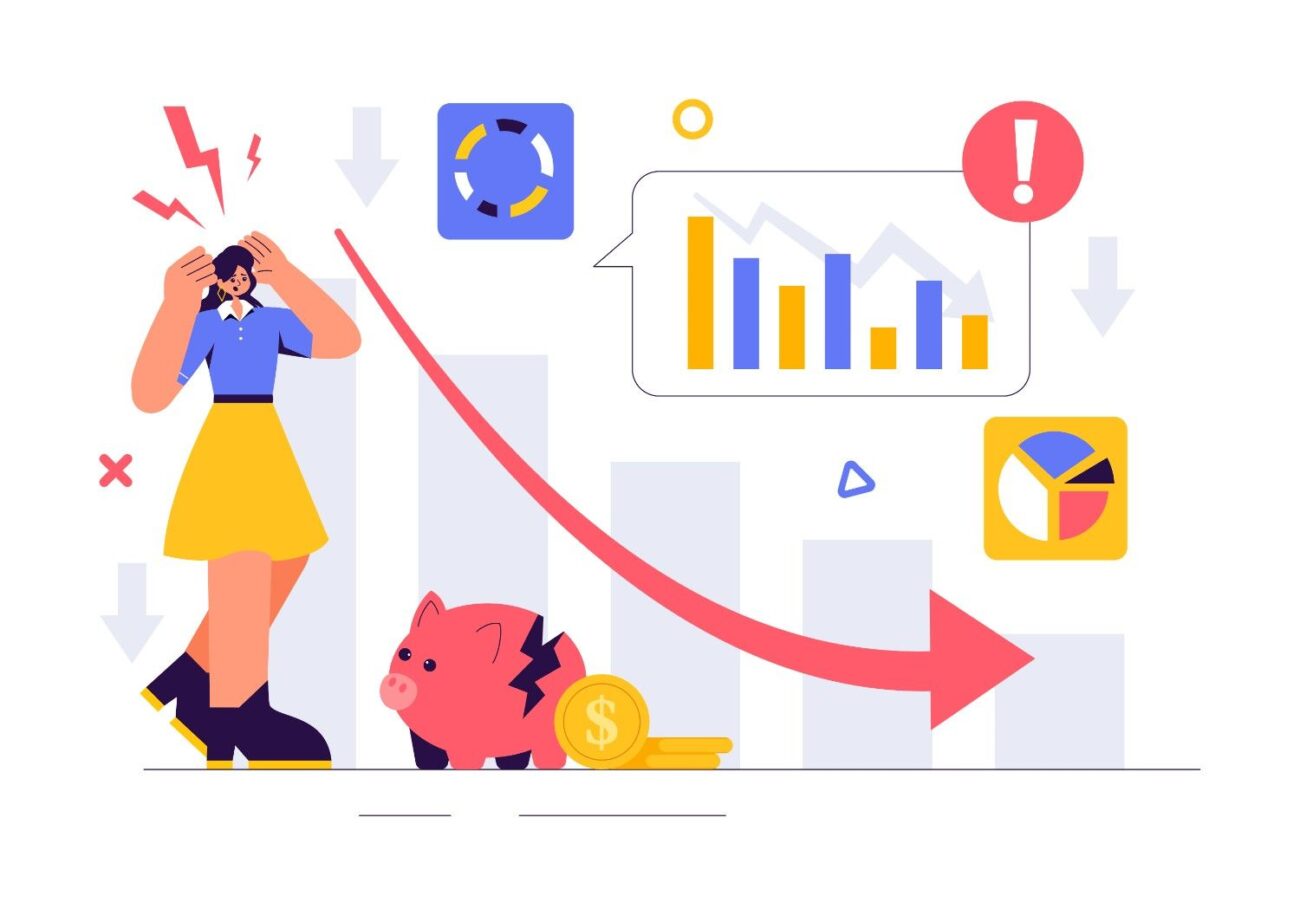Long-term financial security, decrease in stress, and loan approval all depend on careful money management. Your debt load, or the percentage of your income used for debt repayment, is an important factor that lenders frequently consider when granting loans.
You can increase your chances of getting approved for a loan, get lower interest rates, and maintain your financial stability by knowing what makes up a healthy debt load and taking action to keep it that way. We will explain what makes up a healthy debt load in this guide, along with helpful methods to achieve it.
What Is a Healthy Debt Load?
In simple terms, your debt load is the part of your monthly income that is used to pay off debts such as loan payments, credit cards, personal loans, and vehicle loans. It is used by lenders to evaluate your ability to manage new debt.
A generally accepted requirement:
- Under 36%: Perfect, because of your believed financial security, lenders are more likely to grant you better loan terms.
- 36 – 43%: Moderate, Interest rates may be higher, but you might be eligible for loans.
- Above 43%: High, Lenders may view you to be more dangerous, which would make approval more challenging.
You can stay in control of your finances and manage expenses stress-free if you maintain a healthy debt-to-income ratio.
Why Maintaining a Healthy Debt Load Matters
Loan approvals are only one part of a healthy debt load. It has multiple impacts on your financial life:
- Increased Chances of Loan Approval – Lenders prefer borrowers whose monthly debt payments are below their income.
- Reduced Interest Rates – You can get loans at lower interest rates by showing financial control.
- Financial Flexibility – Less debt means more money for unexpected expenses, investments, or savings.
- Less Stress – You can feel more relaxed and less stressed about money when you have a smaller debt load.
How to Calculate Your Debt Load
Knowing your current debt load is the first step toward improvement. Use this simple formula,
Debt Load = (Total Monthly Debt Payments ÷ Gross Monthly Income) × 100
For example, if your total monthly debt payments are ₹25,000 and your income is ₹80,000 then it will be like 25,000 ÷ 80,000 × 100 = 31.25%
A debt load of around 30% is generally considered healthy and positions you as a low-risk borrower.
Step 1 – List All Your Debts
Begin by listing all of your debts, such as:
- Balances on credit cards
- Individual loans
- Loans for vehicles
- Household loans
- Other regular financial responsibilities
Add the monthly instalments for each. It allows you to plan which debts to pay off first and see what’s involved.
Step 2 – Prioritise High-Interest Debts
Focus on paying off the debts with the highest interest rates. Short-term loans and credit cards frequently have high interest rates, which over time may increase your debt-to-income ratio. You can lower your monthly responsibilities and improve your financial situation by paying them off early.
Step 3 – Increase Your Monthly Income
Increasing your income is another way to maintain a healthy debt-to-income ratio. Some of the ways include,
- Freelance work or part-time jobs
- Selling unused items or assets
- Focusing on hobbies or skills
- Requesting a salary increase
Step 4 – Avoid Taking on New Debt
Avoid taking new loans or making big credit purchases while you’re trying to lower your debt-to-income ratio. Every new loan increases your monthly payments, increasing your debt load and possibly cancelling all the progress you’ve made.
Step 5 – Consolidate or Refinance Existing Loans
Your debt-to-income ratio can be improved, and your monthly payments can decrease with debt consolidation or refinancing.
- Loans for debt consolidation – combine several smaller debts into a single loan with a reduced interest rate.
- Credit cards with balance transfers – Convert high-interest debt to a card with a lower interest rate.
- Repay your home loans to lower your EMIs by extending the loan term.
Your debt burden is directly reduced by lower monthly payments, which improves your loan eligibility and security.
Step 6 – Monitor Your Debt-to-Income Ratio Regularly
Track your debt regularly to maintain financial stability. Use online calculators or budgeting apps to track progress. Regular tracking helps you identify trends, spot risks, and take adequate action before the debt becomes unmanageable.
Step 7 – Build an Emergency Fund
An emergency fund reduces the need for loans or credit cards for unexpected expenses. Saving even a small amount can be safe, which in turn prevents you from taking on new debt when met with emergencies.
Step 8 – Seek Professional Advice
If you are having any difficulty managing all your debts. Seek advice from an expert, then can help you in,
- Draw up a payment schedule step by step
- Make the most of your budget
- Look for ways to cut down on debt faster
- Set up a money management plan and a long-term budget
Expert advice will help you in this journey to a lighter debt burden and a better financial situation overall.
Tips for Maintaining a Healthy Debt Load
To avoid paying late fees, it is always a good idea to pay your bills on time. Stick to a sensible budget so that you don’t have to make any unwanted purchases. Another important point is to pay off debts with high interest first and check your debt burden and income regularly.
Conclusion
Keeping one’s debt at a healthy level is important for being financially stable and getting a loan approved. When you can take care of your debts by increasing your earnings and watching over your money management, you will not only be in a strong financial position, but you will also have a lot less stress and worry.





Understanding the debt-to-income ratio is so important for not only securing loans but also for maintaining financial health. It’s helpful to know that keeping your DTI below 36% can make a big difference in getting lower interest rates and better loan terms. It feels like a simple but powerful way to stay on top of finances.